What is IML
In mold labeling

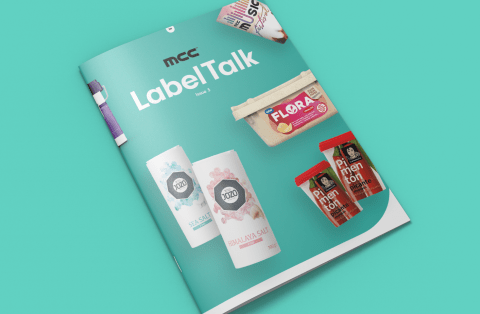
In mold labeling offers several major advantages:
Maximum print quality
Our offset printing technique ensures high-resolution quality. On top, all the sides of a container can be decorated with one single label.
Strong and hygienic
In mold labels resist humidity and big changes in temperature: the best solution to decorate plastic containers for frozen and refrigerated products! In mold labels are scratch resistant, cannot crack and are not susceptible to wrinkles.
Shorter production time and lower production costs
During the in mold labeling process, containers are produced and decorated in one single step. Storage of blank containers becomes unnecessary, storage and transport costs belong to the past.
Sustainable IML packaging
In mold labeling is a sustainable packaging decoration technique: the container and the label both consist of polypropylene, making it a mono-material packaging and fully recyclable.
Wide range of look & feel and functional options
The same plastic packaging product can be decorated with a wide range of different materials, inks an lacquers. This allows you to differentiate your product on the shelf, or add extra functionalities to your label. Check out our IML Label Upgrades to explore all options.
Container shapes
Round, oval, square, rectangular, 'sqround', or special shapes: IML fits a wide range of container shapes.
Quick design changeovers
It only takes a shift from one label design to another on your IML automation to make a quick changeover. There is almost no production loss during the start-up of a new design.
When starting up an IML project it is important to not only inform the label suppliers about the final objective of the project, but also the other partners that are involved, such as the process machine, mold and automation partners. Exchanging the production parameters between all partners helps you to make each IML project a success!
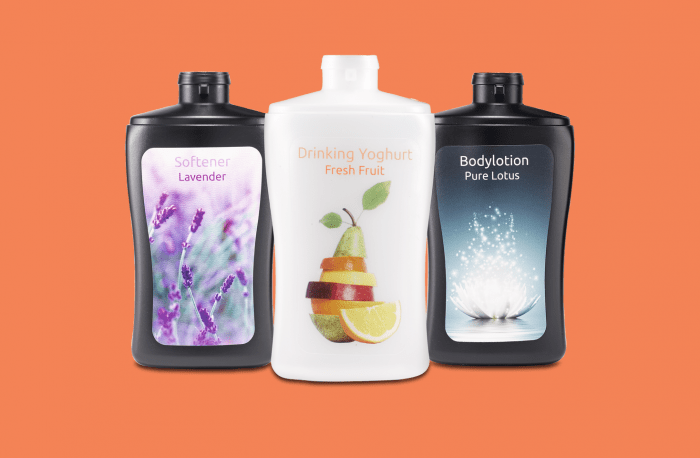
Blow molding is used for the production of hollow plastic parts.
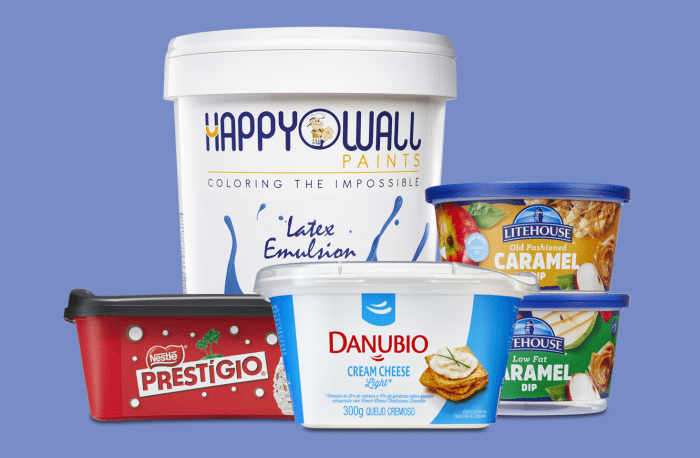
The injection molding process is based on injecting material into a mold.
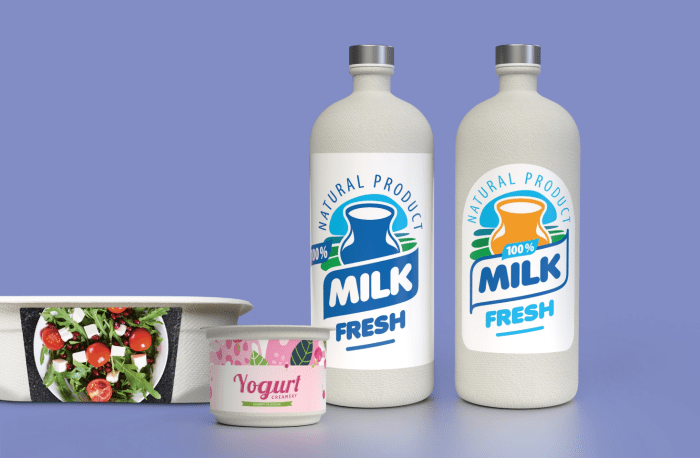
The supreme decoration technique for Fiber Molded packaging
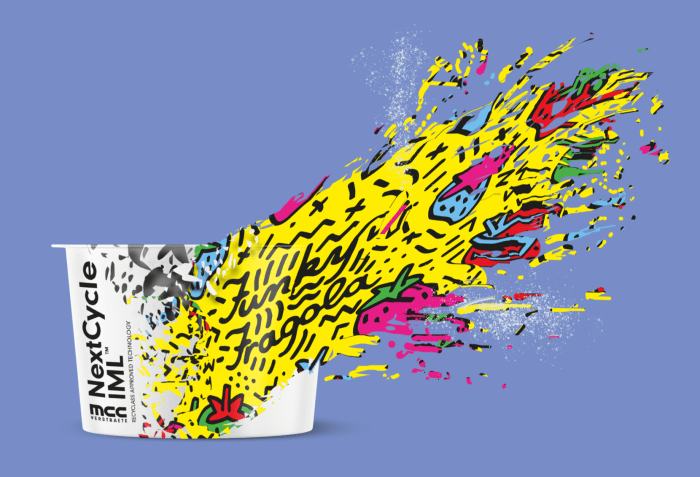
The art of recycling